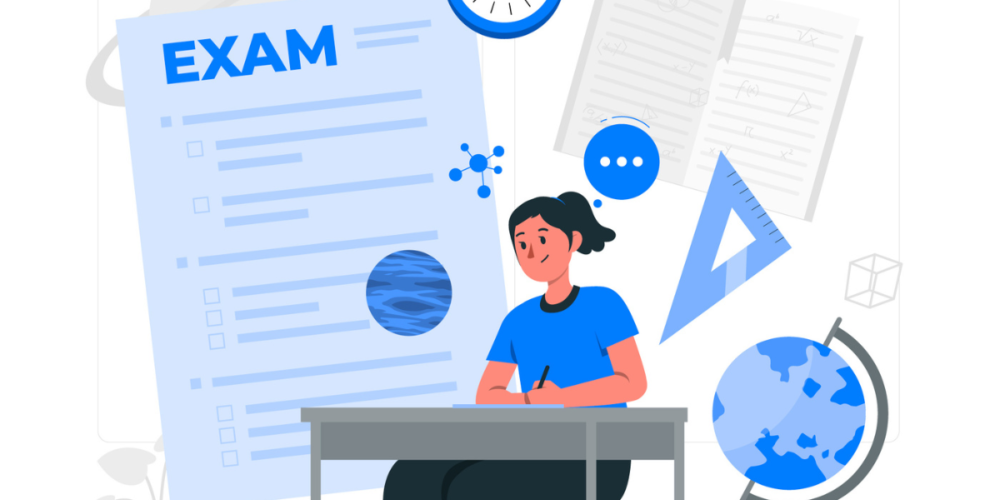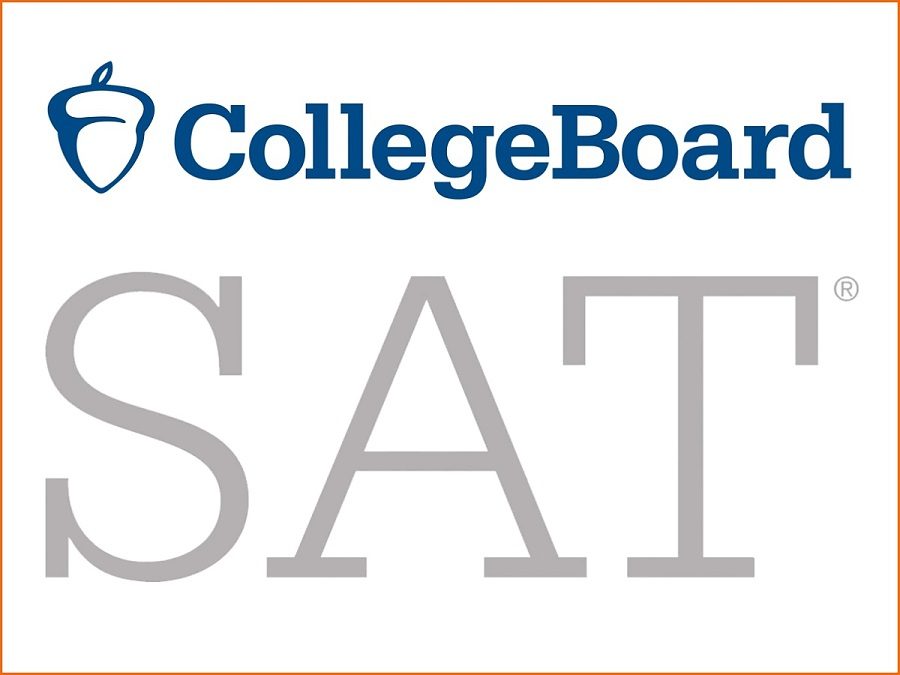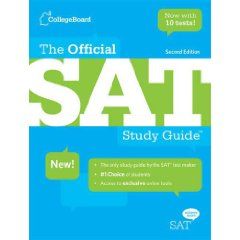The ACT exam is coming up on July 12th, and if you’re a high school student preparing for it, you’re probably feeling the pressure. Test anxiety is real—and it can impact even the most well-prepared students. But here’s the good news: the shift to Digital ACT testing is making the experience less stressful and more manageable.
From intuitive interfaces to real-time feedback, digital testing platforms help students gain confidence, manage their nerves, and perform at their best. In this blog, we’ll break down how Digital ACT testing helps reduce test anxiety and share practical prep strategies to help you feel ready and relaxed for test day.
What Causes ACT Test Anxiety?
Test anxiety stems from many factors, including:
- Fear of the unknown or unfamiliar format
- Pressure to perform well for college admissions
- Time constraints and difficulty pacing
- Worries about making mistakes on bubble sheets
- Lack of confidence in specific subjects
The Digital ACT format addresses many of these issues directly, creating a more student-friendly testing experience.
How Digital ACT Testing Reduces Student Stress
? 1. Familiar Testing Interface
Digital ACT platforms allow students to practice in a format that mirrors the real test. By regularly completing full-length digital practice tests, students become familiar with the layout, tools, and navigation—minimizing surprises on test day.
? 2. Reduced Bubble Sheet Errors
With digital testing, students select answers with a click instead of manually bubbling in responses. This reduces the chance of misbubbling—a common source of test-day stress.
? 3. Immediate Feedback and Insights
Many digital platforms, including Socrato and other ACT prep tools, offer instant scoring and diagnostic feedback. This helps students understand their performance, identify weak areas, and focus their study time effectively.
? 4. Personalized Learning Paths
Digital ACT prep tools often adapt to the student’s performance, offering customized study plans based on strengths and weaknesses. Personalized learning helps reduce anxiety by focusing on what each student actually needs.
? 5. Practice Anytime, Anywhere
One of the biggest advantages of digital testing is flexibility. Students can practice at their own pace, from home or school, without the pressure of a formal classroom or proctor.
? 6. Fewer Environmental Disruptions
Digital testing offers a more controlled and predictable experience. Students are less impacted by factors like testing center noise, unfamiliar classrooms, or varied proctor instructions.
ACT Week Strategies to Calm Your Nerves
Whether you’re testing digitally or in a hybrid format, these proven strategies will help you reduce anxiety and walk into the ACT with confidence:
Stick to a Study Schedule
Use the final week before the ACT wisely. Plan daily review sessions with a clear focus on weak areas.
Learn Relaxation Techniques
Practice deep breathing, mindfulness, or short meditations to help manage nerves during the test.
Prioritize Sleep and Exercise
A healthy mind needs rest. Aim for 7–8 hours of sleep and light physical activity daily to boost focus.
Talk to Teachers or Counselors
If you’re feeling overwhelmed, don’t hesitate to ask for help. Teachers and tutors can provide guidance or reassurance.
Visualize Success
Spend a few minutes each day imagining yourself calmly completing the test and achieving your goal score. This mental practice boosts confidence and focus.
Final Thoughts: Embrace the Digital ACT Advantage
The Digital ACT is designed to make testing smarter, smoother, and less stressful. With interactive tools, instant feedback, and more flexibility, it empowers students to prep more efficiently and walk into test day with greater confidence.
As the July 12th ACT exam approaches, take advantage of digital prep resources, simulated practice tests, and smart strategies to minimize anxiety and maximize performance.










